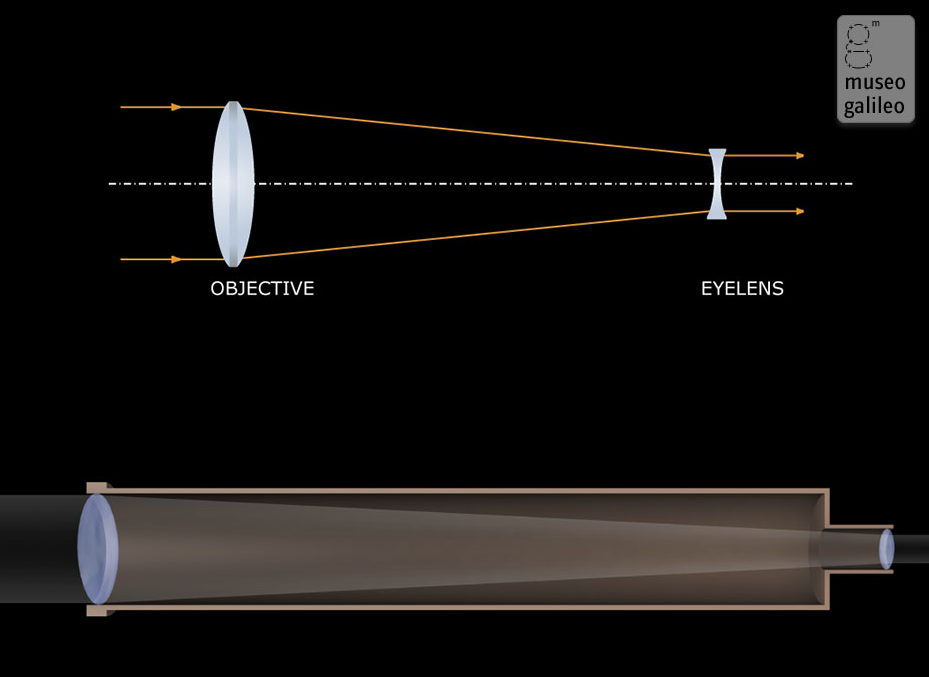
The probe measured temperature, pressure, chemical composition, cloud characteristics, sunlight and energy internal to the planet, and lightning. The orbiter carried a small probe that became the first to sample the atmosphere of a gas planet. Among its discoveries: an intense radiation belt above Jupiter's cloud tops, helium in about the same concentration as the Sun, extensive and rapid resurfacing of the moon Io because of volcanism and a magnetic field at Ganymede. The Galileo spacecraft logged quite a few other firsts during its 14-year mission to Jupiter. It provided the only direct observations of a comet colliding with a planet, when it witnessed Shoemaker-Levy 9 impact Jupiter. The spacecraft was the first to fly past an asteroid, Gaspra, and the first to discover a moon of an asteroid, tiny Dactyl orbiting Ida. 21, 2003, it was being deliberately destroyed to protect one of its own discoveries-a possible ocean beneath the icy crust of the moon Europa. When the spacecraft plunged into Jupiter's crushing atmosphere on Sept. Galileo changed the way we look at our solar system.

To accomplish this, the Galileo orbiter carried 10 science instruments, along with a descent probe that it released directly into Jupiter’s atmosphere. Like the famed astronomer for which it was named, Galileo would study the King of Planets over an extended period, in finer detail than was ever possible before. Four spacecraft (Pioneer 10 & 11, then Voyager 1 & 2) had previously flown by the Jupiter system, but the Galileo mission was the first to enter orbit around the planet.


 0 kommentar(er)
0 kommentar(er)
